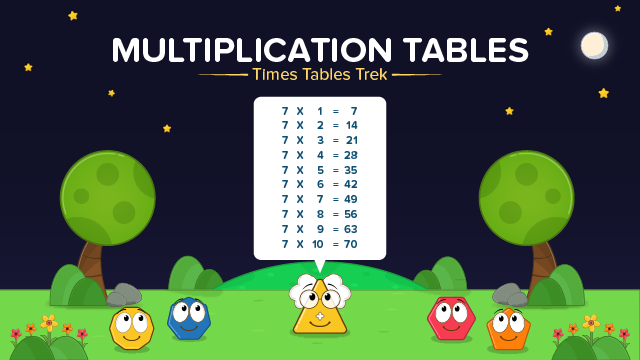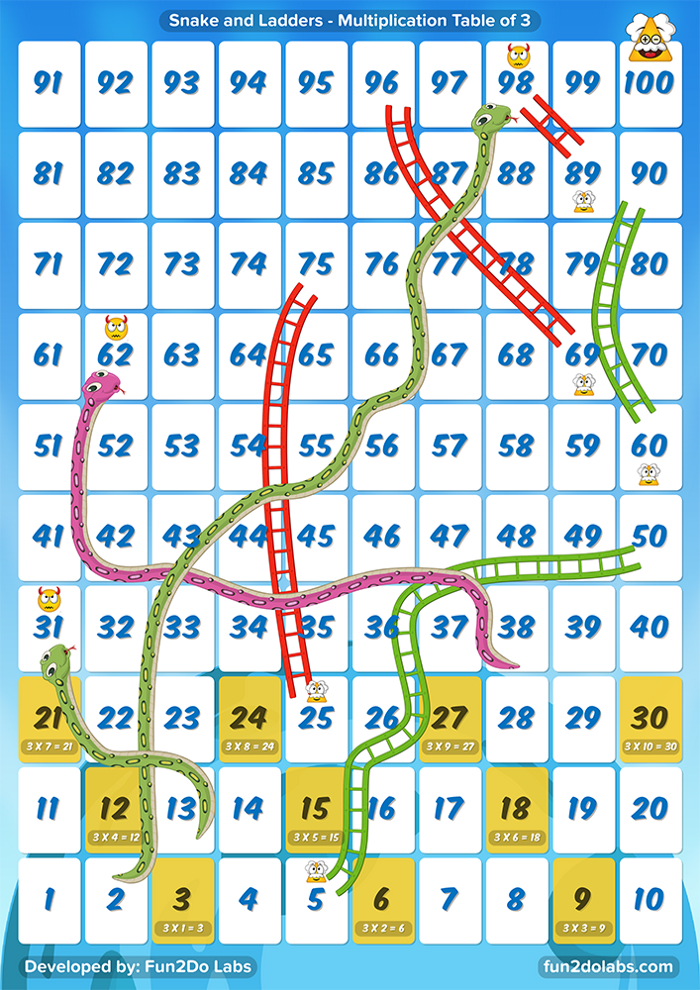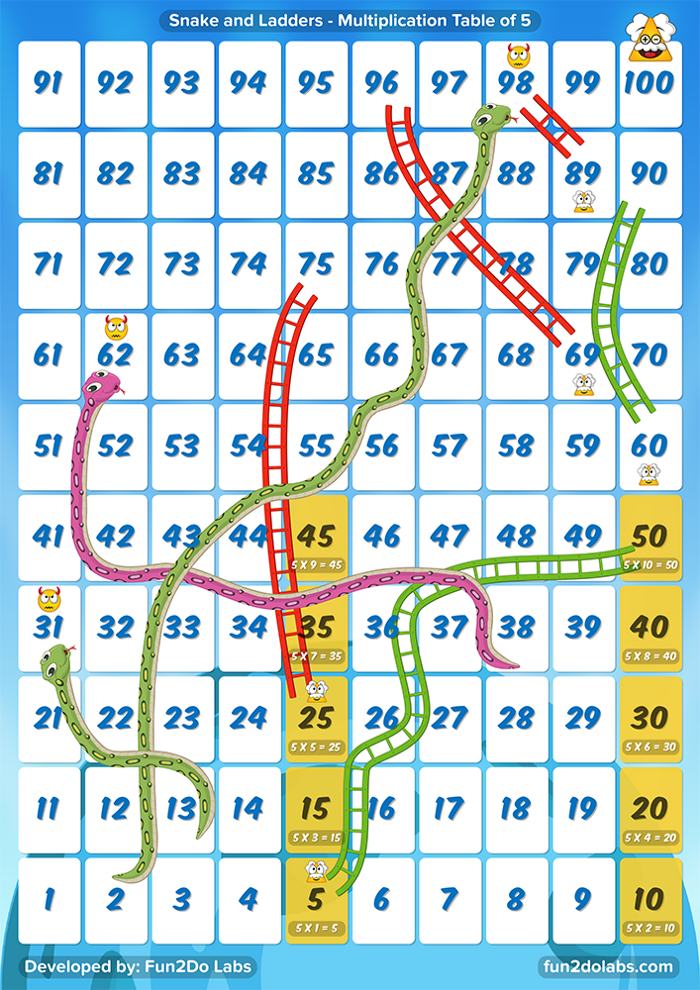
Multiplication tables have always been a core part of maths education in primary schools. I still remember my cousin telling me about them when I was about 5 years old. She is 3 years older to me. I still remember visualising them as a physical table when she told me about them for the first time. It is one of the earliest memories I have about my childhood.
After I learned the tables from 2 to 10, I was very happy that I have been able to learn what my older cousin had known for all these years. Then one day a teacher asked me about the table of 1. I was in 2nd grade at that time and I told her that my teachers have not taught that to me. How foolish that statement looks now in this day and age of self learning using Google and YouTube. I was 6 or 7 years old as far as I remember during that time. My 6 year old son regularly watches YouTube to learn the art of making electrical stuff using open source hardware platform Arduino.
The teacher told me that table of 1 is like normal counting. I still remember that day because the answer seemed so obvious after her guidance. Had I applied my mind I could have easily given that answer.
Why did I not answer? Because generally students are taught tables through rote learning. Such rote learning makes them become like parrots reciting maths tables. Many students do not have any idea of the concept behind them.
Fast forward 30 years and now I am a father of 2 children. One day while playing Snake and Ladders game with my son I got an idea that Snake and Ladders game is basically a number line with some snakes and ladders added for excitement. So I thought of using the game to teach maths.
Since the idea was so low tech, I thought it was not a good idea! A few months ago I visited an EdTech conference and met the head of a big chain of schools in New Delhi, India. He told me that EdTech companies focus more on technology than education. He said that schools wanted more of education than technology. These words gave me the confidence to share my low tech ideas with the world at large.
I started researching on such ideas in my company. We designed a Snake and Ladders game board with a few modifications. Today I want to share this board with you.
Take for example the table of 3.

Snake and ladders board is basically a number line based grid. Kids can learn the concept of number line as well as simple addition using the game. I have used this game to teach my son a little bit of addition. Every time we move a piece I generally recite the numbers in form of a formula. So if I am on 14 and I get 4 in dice I say 14 + 4 = 18 and then move my piece. This way he gets a little positive emotion regarding addition. He also understands the meaning of 14 + 4. Associating positive emotions with maths from a young age is very important.
We at Fun2Do Labs have innovated on the Snake and Ladders board and marked the boxes numbered 3, 6, 9, 12, 15, 18, 21, 24, 27, 30 in a yellowish orange colour. This change in colour makes the child curious about the box. We have also put the traditional table text (eg. 3 x 2= 6) in the box. This way the child will start to associate the multiplication table with the numbers in the number line.
I have tried this with my son. He is still in grade 1 and he is currently not being taught multiplication tables. Still he recites the tables out of fun. Tables become a kind of visual pattern on Snake and Ladders board.

Every number has a different visual pattern on the board. This helps in memorising the table.
I hope that when my son will be taught multiplication tables in the school, he will learn rapidly since he has already formed hooks in his brain regarding multiplication tables. I hope that our version of Snake and Ladders board game makes table learning a little bit of fun for him and millions of children around the world.

